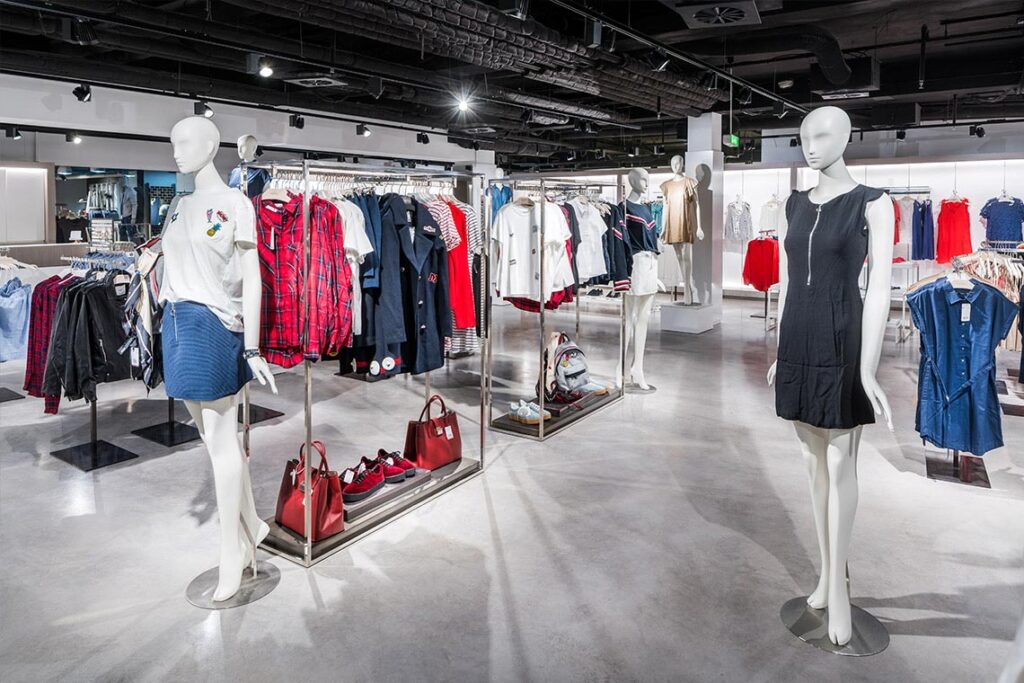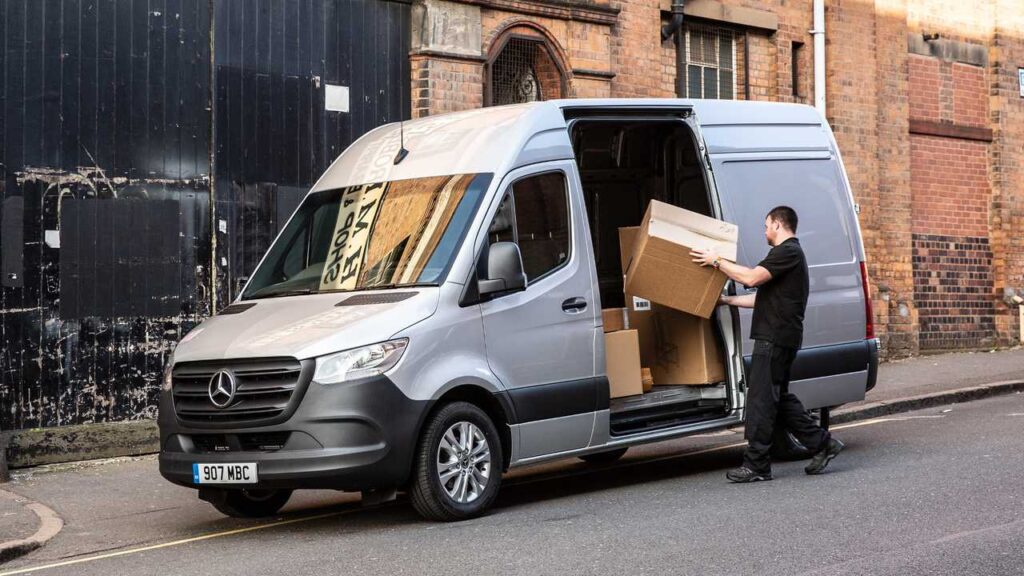
A lot has changed in the retail market from the golden days of being we are what we buy to the times of we are how we buy and where. The pendulum has swung heavily toward ecommerce and the days of the high street seem all but over to many with rising rents and overheads.
More high street retailers are closing stores, putting their businesses up for sale or disappearing completely from the high street. The convenience of being able to purchase anything online at a click of a button on a tablet, phone or laptop has taken over. For today’s shopper the internet has all they need for that total retail experience without having to move from the comfort of their own homes, as they can shop anywhere, anyhow, and at any time they want to.
Companies such a Persian & Modern Carpets (www.persianandmodernrugs.com/) have seen an upturn in internet sales, which may come as a surprise to some as they are a rug supplier but the cost of having an online store is relative low or so it seems compared to a high street store but they still require a warehouse and a place where people can view and test the product.
The line between the high store and the online store is becoming steadily blurred with time but surely both can live together in harmony? Surely it makes sense to have an online store and a high street store as there will always be consumers who want one or the other?
With online sales the profit margin is higher but what does make more sense cost wise in 2025 the retail shop or the virtual store? Let’s take a look and it may surprise you. One of the perks of online stores is Boxing Day deals with discounts on everything from TVs and toys to cordless vacuums, power tools, fashion and fitness. . fintedex.com found out the best Boxing Day sales and quick links.
Overheads

Virtual stores are gaining in popularity, it has everything your modern day shopper needs. It’s convenient, it’s open 24 hours days and from viewing a product to end purchase can be over in just a matter of seconds. So it clearly makes sense for all retailers to move online as the overheads and costs are considerably less, or does it? We all know a high street store comes with the burden of rents, rates and staffing costs but to be successful in the world of online shopping you equally have to invest heavily to be successful, to compete with the big boys such as Amazon and attract those customers.
Stores may come with the added weighty burden of rents and rates, etc but to be a successful digital business it can also require equally heavy investment if not even more to attract the consumer. The UK boasts one of the biggest ecommerce markets across Europe and according to bankers JP Morgan they expect the growth in sales to reach over £208 billion this year alone and due to the current pandemic this could be even more.
But online firms can struggle as they have overheads too such as hosting, postage, advertising, digital marketing, being able to fulfil orders and process those returns, create views of stock, integrate their CMS systems for the smooth transition from order to purchase to delivery so the grass is not always greener on the other side.
Delivery

One of the biggest costs to online retailers is delivery. With companies such as Amazon offering free delivery to customers through it’s prime membership this has made other retail outlets to follow suit but at what cost? It’s a rather high cost as the consumer now expects free delivery from most if not all online retailers.
To look at it basically if a customer orders small then the cost to the online retailer will technically be the same as if they were ordering big. You have to take into account costs such as selecting the product or ‘picking’ as they say, packaging and despatching the order is the same for higher priced goods as it is for lower priced goods.
The issue being that the consumer can buy cheaper priced goods with the same postage costs to the retailer which can eat into profit margins. Plus there is also the carbon emissions argument, with deliveries but that’s a whole new ball game.
Compare this to the high street where these costs are more or less null and void, but and there is always a but the click and collect service which most retailers are offering is there to entice the consumer back to the high street with major cross selling opportunities. So to sum up free delivery can prove very costly to the online retailer.
Attracting The Customer

To stand out from the pack in what has now become an extremely competitive market online retailers without the presence of a storefront like the high street need to get those customers through their doors so to speak and onto their websites or ecommerce store but what is the cost in achieving these goals? Surprisingly the cost can be very high. Let us explain;
To attract the customer to your online store investment in online advertising in an increasingly competitive market can be costly. Jostling for position to be ahead of the curve can impact on your profits and ultimately your bottom line. To drive the customer acquisition a lot of online stores spend heavily on social media adverting such as Facebook ads and Google ads as these are the moan drivers of traffic to their websites and many retailers have no option but to use these methods of marketing. Often retailers maybe spending more on online advertising than making money.
To conclude:

Online retail and ecommerce can cost just as much to a company as having a store on the high street and needs good investment to satisfy demand and keep ahead of the game. There are some retailers such as Primark who have shunned online retail as it cuts pretty heavily into their profit margins as their products are low in price.
To be successful in online retail involves strategic digital marketing, cost effective advertising and targeted promotion. The high street has not come to an end just yet as costs for both online and high street stores are more or less on a par but the more competitive online marketing gets then the cheaper it will be to go online.













